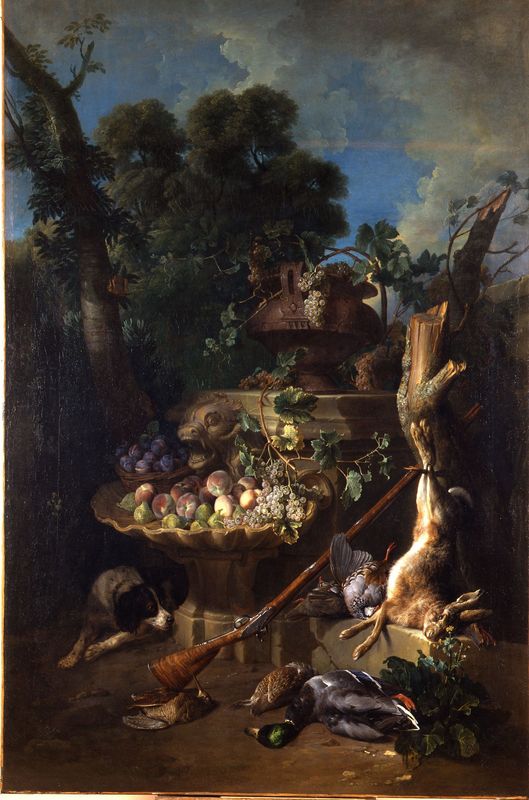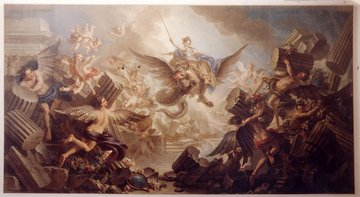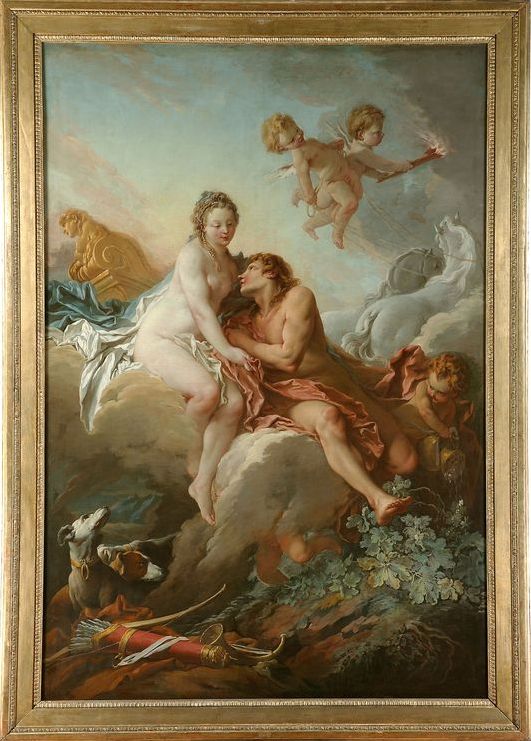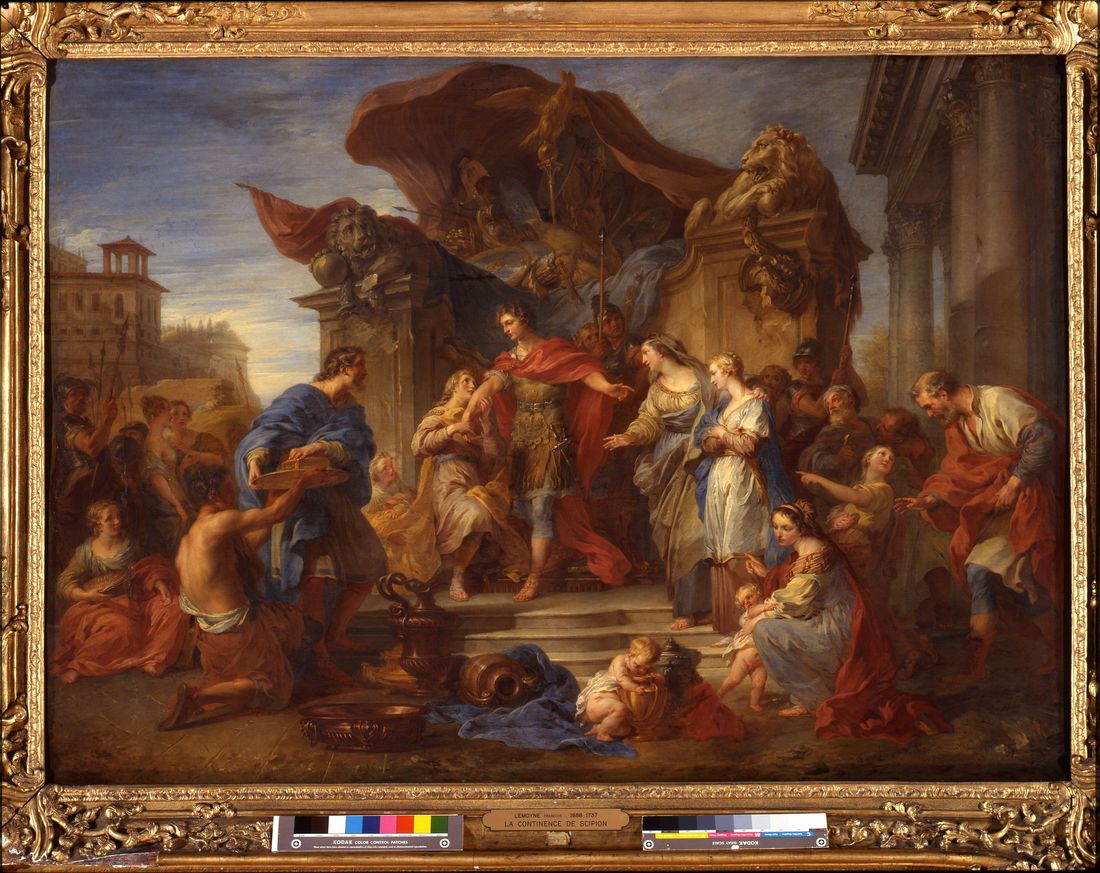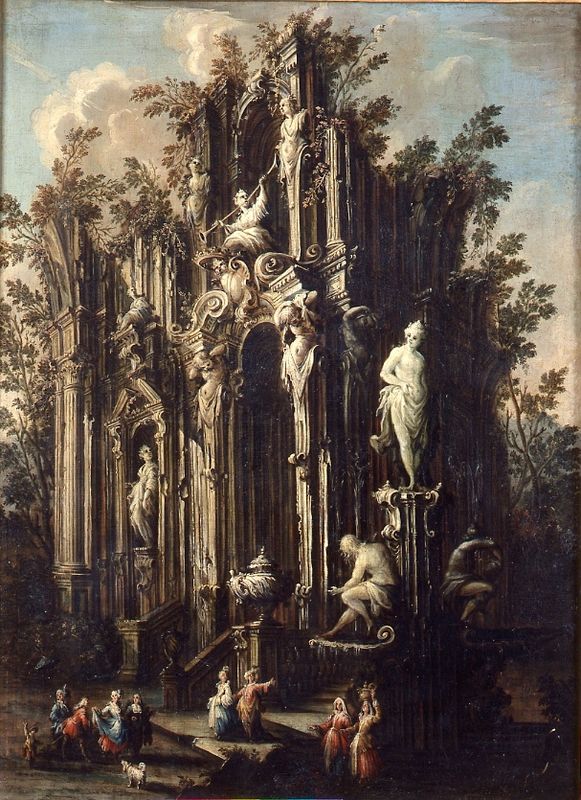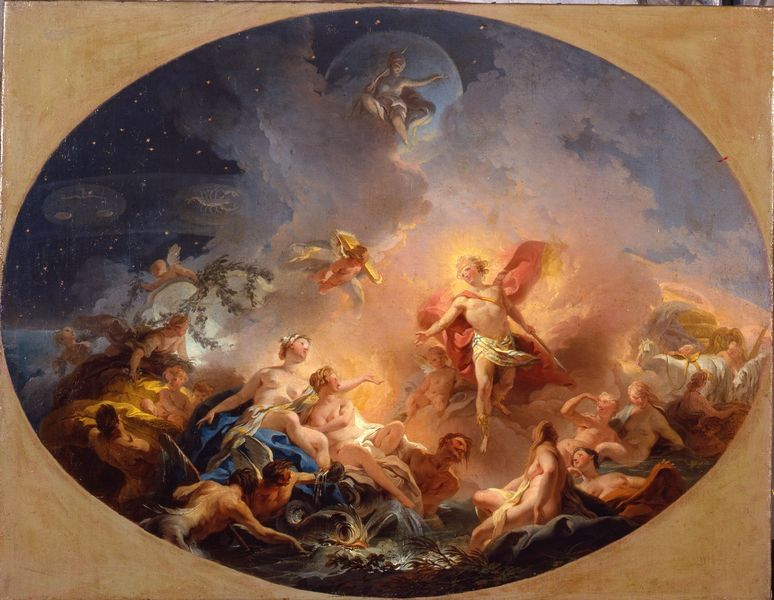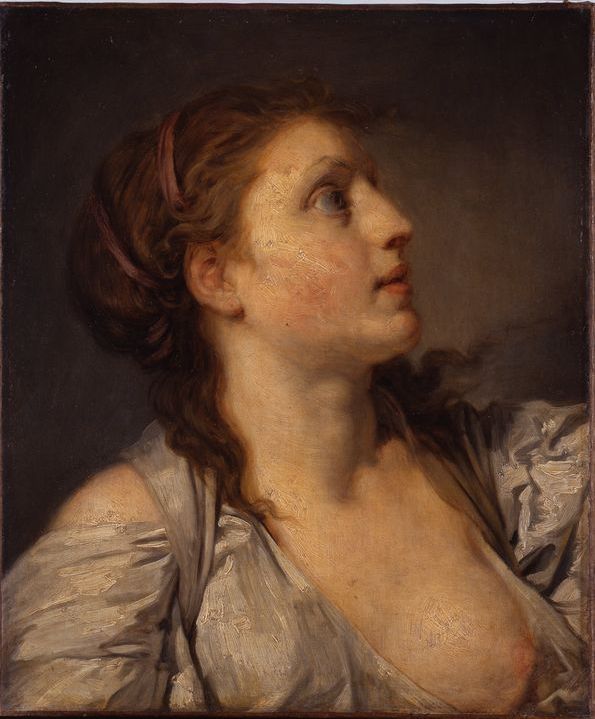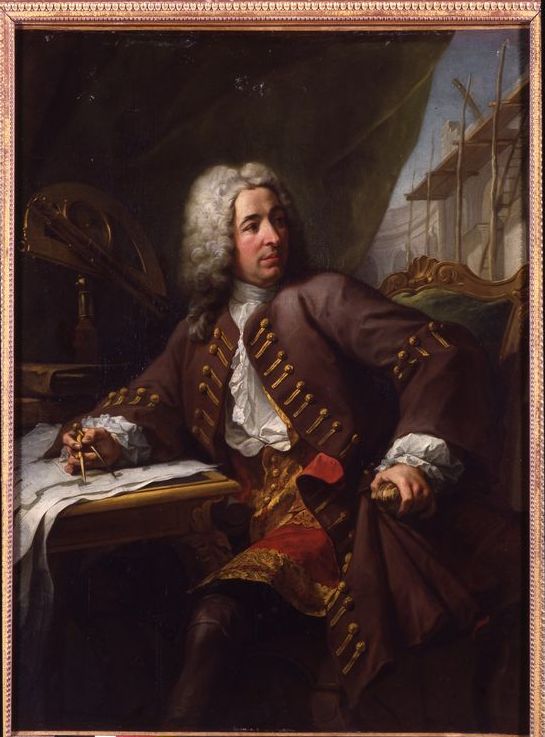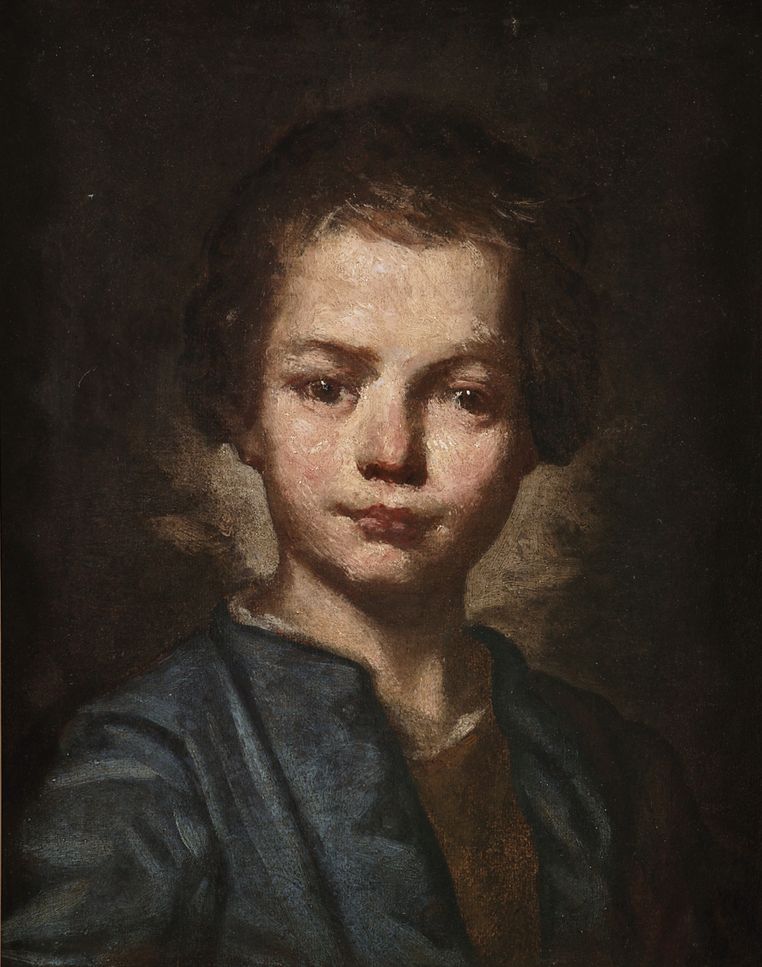Paintings from the 18th Century in Europe
18th Century French painting, which echoes the Rococo architecture of the museum, is one of the treasures of the Nancy collection. Italy of the Settecento is also superbly represented, thanks in part to the legacies of the Baroness de Jankowitz (1866) and Victor Poirel (1882 and 1884).
French painting is illustrated by a remarkable collection. Every genre is represented, offering a complete overview of the abundant production of the Enlightenment: historical painting (Jean-Honoré Fragonard), portraiture (Nicolas de Largillière, Jean Restout, Adolf-Ulrich Wertmüller, Jean-Baptiste Greuze), landscape painting (Jean-Baptiste Claudot), architectural views (Jean-Baptiste Meusnier) and still life (François Desportes, Anne Vallayer-Coster).
The museum also houses three of the twelve paintings produced as part of the 1727 competition, organised by the Superintendent of the King’s Buildings with the aim of reviving historical painting, which had been abandoned for the superficial approach of the Rococo style: François Lemoyne (The Continence of Scipion), Jean-François de Troy (Diana bathing with her nymphs) and Samuel Massé (Juno ordering Aeolus to destroy Aeneas’ fleet) face each other again on the museum’s picture rails. François Boucher is illustrated by one of his youthful works (Aurora and Cephalus, 1733) and Carle van Loo by the amusing Drunkenness of Silene, much admired during the 1747 competition. A monumental composition by Charles-Antoine Coypel, The Destruction of the Palaceof Armida, shows an example of a tapestry sketch for a hanging woven at the Gobelins factory.
The Italian Settecento also occupies a special place. This collection owes much to the generosity of the Baroness de Jankowitz, granddaughter of the sculptor Étienne-Maurice Falconet (portraits, mythological sketches by Gregorio Guglielmi for the decoration of a Polish palace). Victor Poirel’s legacy (1882) has added to the collection, rare and unique in France, of 19 architectural caprices (paintings showing imaginary architecture) attributed to two artists from Pisa, Gherardi and Giuseppe Poli. The museum also has compositions by Sebastiano Conca, Guiseppe Zocchi and Bartolomeo Bianchini, two landscapes by Alessandro Magnasco and portraits by Giambattista Piazzetta and Vittore Ghislandi.

